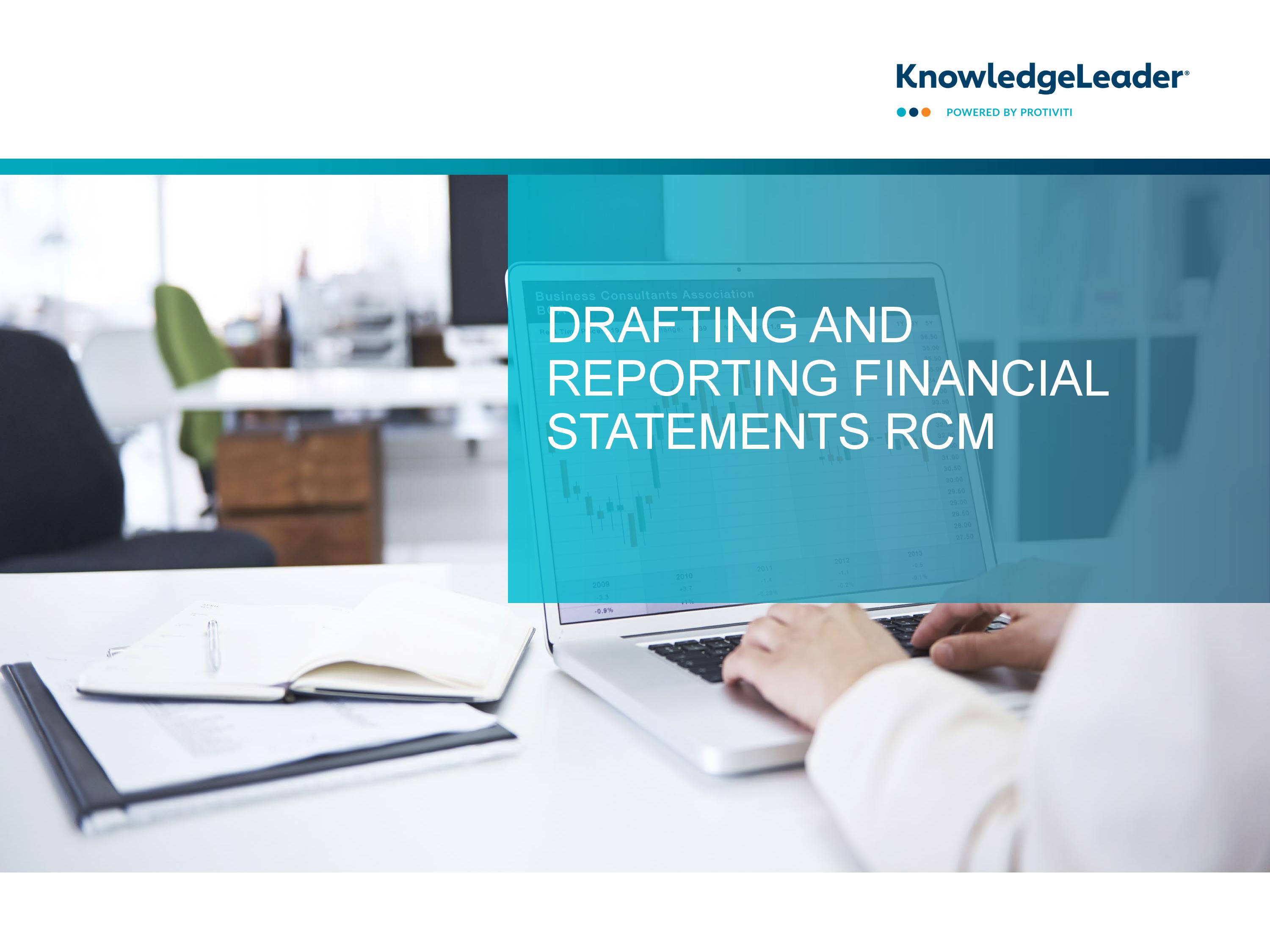Drafting and Reporting Financial Statements RCM

A successful risk management strategy requires a strong internal control environment. The RCM format emphasizes that strong and risk-oriented internal control environments are often optimized with automated/manual controls, depending on the situation.
An RCM provides an overview of different control objectives that organizations should take into consideration and the corresponding controls to safeguard the company against risks which may arise if not checked timely. Once customized to an organization, this document can help the user in assessing each control. The control assessment can then also be summarized to develop an action plan.
This document outlines risks and controls common to the Drafting and Reporting Financial Statements process in a risk control matrix (RCM) format.
Sample risks include:
- Financial statement not correct due to changes in regulations and accounting rules
- Financial statements are not complete
- Financial statements are not filed timely
- Financial statements are not in accordance with GAAP
- Inconsistent grouping of accounts into financial statement captions
This document can be used as a sample RCM and is not meant to be an exhaustive list of risks and controls. The KnowledgeLeader team will periodically update this RCM with new content. Organizations should select, update and modify the risks and controls included in this document to ensure that it reflects business operations.